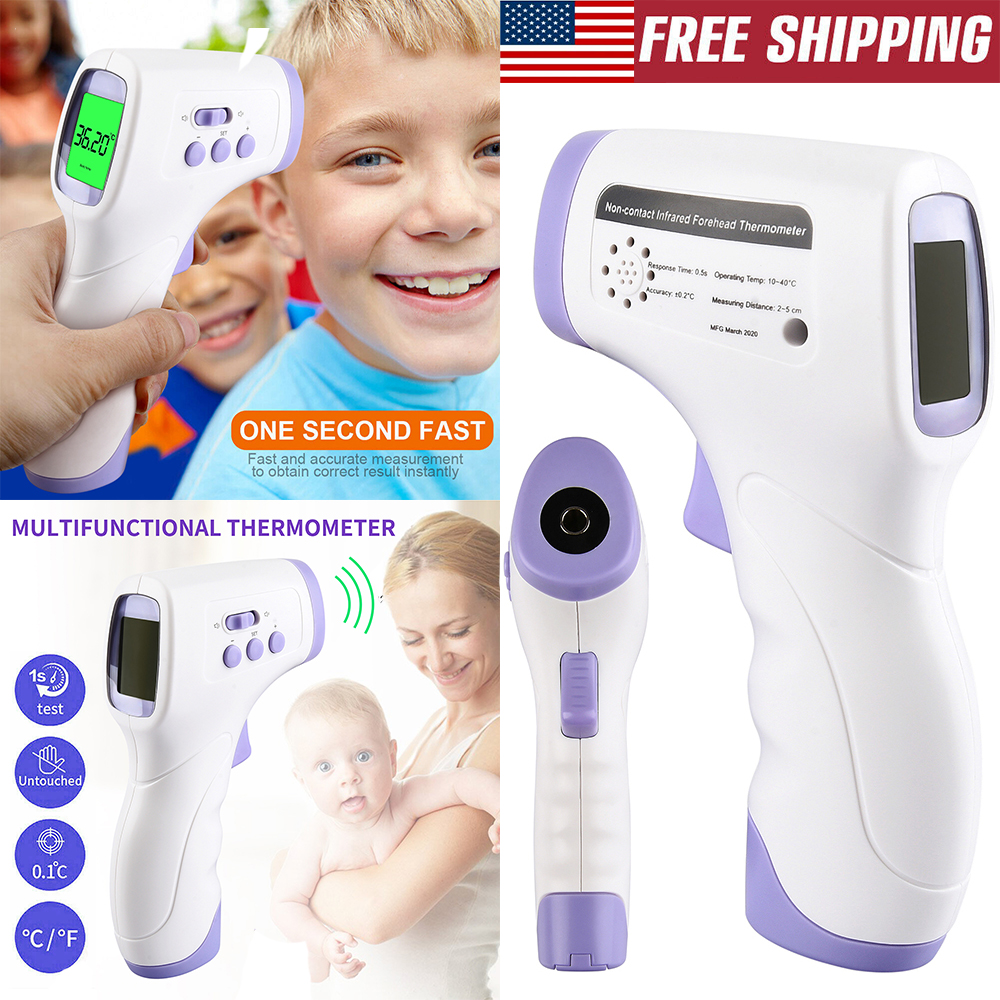

Oral thermometers are recommended for the most accurate readings. Oral thermometers, however, work better than temporal in the context of this article. Note that rectal thermometers usually recommended for taking infant temperatures. There is ongoing research regarding temporal thermometers and newborns but a traditional oral thermometer is still recommended for the most accurate readings. The following list gives the most-accurate thermometers for 4 different age groups. Oral Thermometers: Taking Accurate Temperatures Depends on Ageĭifferent thermometers are recommended based on the age of the patient. Temporal thermometers can cost much more than oral thermometers. This is not necessarily a con, as you can account for the temperature difference beforehand. Many temporal thermometers will be ~1/2 degree off the reading from an oral or internal thermometer. Temporal thermometers are easy-to-use and can be appropriately used for taking temperatures on anyone over 3 months old. Most temporal thermometers can get a fairly accurate reading in seconds. This can be difficult for young children or those with conditions that affect breathing. Older oral thermometers may require a user to keep their mouth shut for an extended period of time. Manufacturers of oral thermometers often recommend a 15-minute wait between eating/drinking and taking a temperature. Most oral thermometers can get an accurate temperature reading in under a minute.ĭigital thermometers are easy-to-use and appropriate for all ages. For example, if your forehead temperature read as 98.5☏, you could actually have a low-grade fever of 99.5☏ or higher.Įxample temperature differences in the table below* FOREHEAD (☏) The average oral temperature is 98.6 degrees Fahrenheit (37 degrees Celsius).Ī temporal thermometer will read at about 0.5 to 1 degree lower than an oral thermometer, so you need to add 0.5 to 1 degree to get what your temperature would read orally.
Temporal temperature conversion how to#
Be sure to read and follow the instructions provided by the manufacturer on how to obtain the most accurate temperature. The manufacturer of the thermometer you use should have information on how to optimally use it.

COVID-19 has us all rightfully worried about staying healthy and clean–even when it comes to taking our temperatures. I’ve recently gotten a lot of questions about how to use a temporal thermometer.


 0 kommentar(er)
0 kommentar(er)
